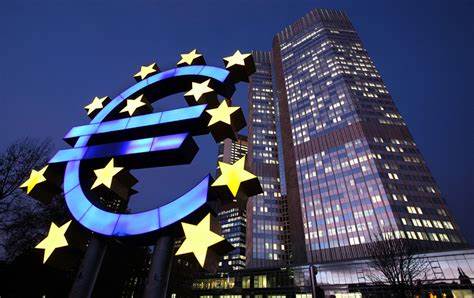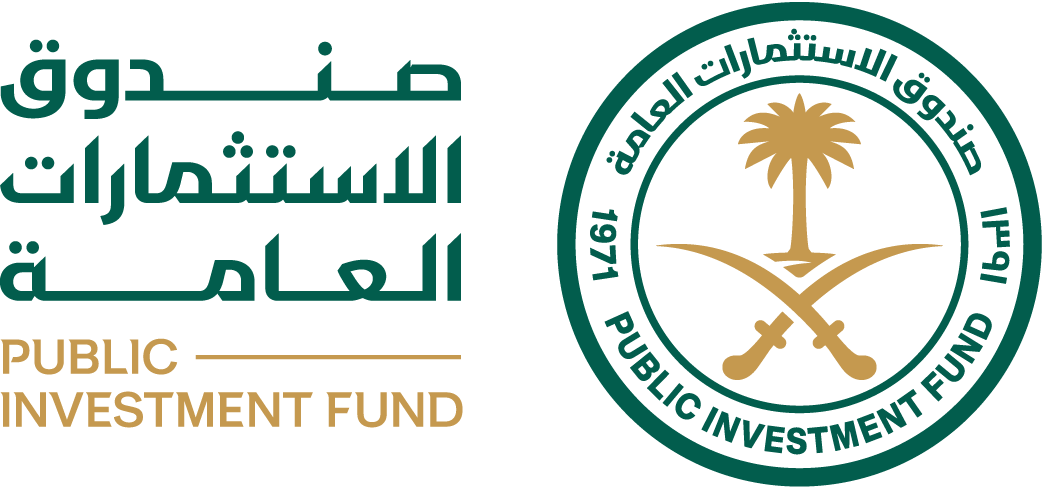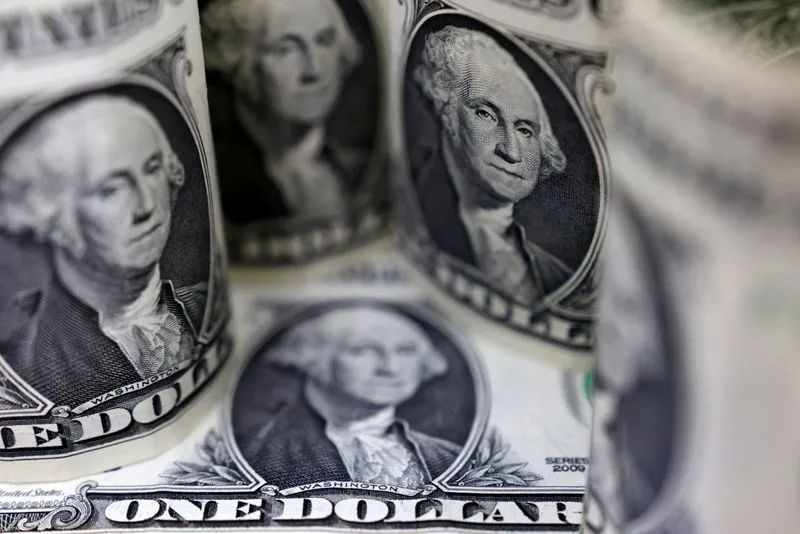Publisher: Maaal International Media Company
License: 465734
Eurozone inflation unexpectedly declines, increasing rate cut possibility
اقرأ المزيد
Euro zone inflation fell unexpectedly last month in a development that would strengthen the European Central Bank’s ability to start cutting interest rates from unprecedented high levels.
According to Reuters, consumer price growth in the twenty countries that use the euro slowed to 2.4% in March from 2.6% in the previous month, contradicting expectations for a stable growth rate after the prices of food, energy and industrial products contributed to the decline.
Data from the European Union’s statistics office (Eurostat) showed on Wednesday that the core inflation rate, which the European Central Bank closely monitors to measure the durability of price pressures, fell to 2.9% from 3.1%, below expectations of 3.0%.
Euro zone inflation fell unexpectedly last month in a development that would strengthen the European Central Bank’s ability to start cutting interest rates from unprecedented high levels.
According to Reuters, consumer price growth in the twenty countries that use the euro slowed to 2.4% in March from 2.6% in the previous month, contradicting expectations for a stable growth rate after the prices of food, energy and industrial products contributed to the decline.
Data from the European Union’s statistics office (Eurostat) showed on Wednesday that the core inflation rate, which the European Central Bank closely monitors to measure the durability of price pressures, fell to 2.9% from 3.1%, below expectations of 3.0%.
The stability of the service sector inflation rate at 4.0% for months is the only possible source of concern for the central bank, and also indicates that relatively rapid wage growth is keeping prices in the sector under constant pressure.
The inflation rate has continued to decline for more than a year, but it has declined at a faster pace since last fall, exceeding expectations, so the discussion turns to the date and pace at which the European Central Bank will abandon the unprecedented increases in interest rates.
The central bank is expected to acknowledge at its meeting next week the improved outlook, but policymakers are unlikely to cut interest rates immediately, having repeatedly pointed to the June meeting as the earliest critical date for monetary policy.
Therefore, investors are ruling out any chance of a cut on April 11 and have focused their bets on a cut in June, followed by two or three cuts later this year.
The European Central Bank took a cautious approach about starting to reduce interest rates, with its expectations that inflation will return to its target of 2.0% next year, even with expectations from the private sector adopting a more moderate point of view, as it is likely that the inflation rate will reach about 2.0% by next fall.









